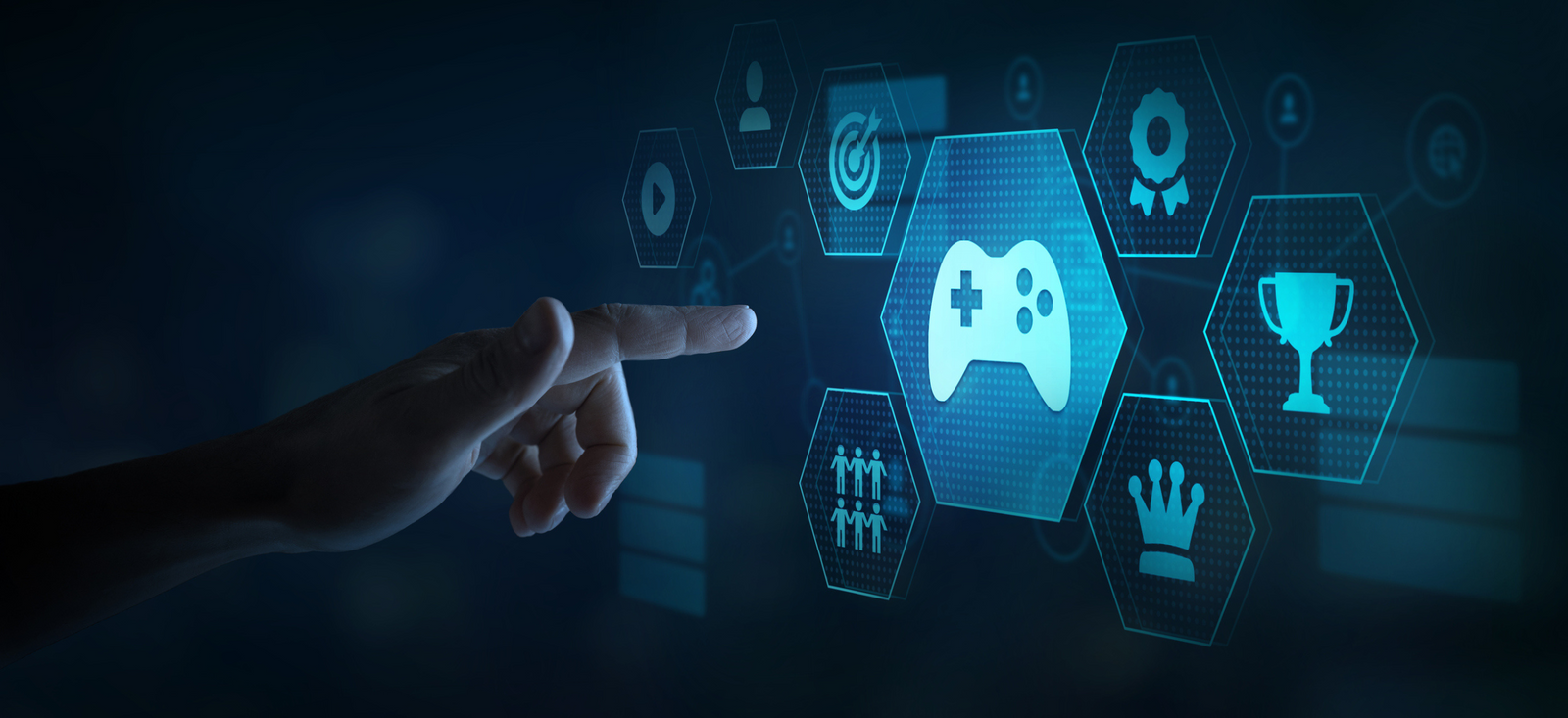The market research industry is a copycat industry and there’s nothing wrong with that behaviour. Generative AI is at the forefront in many industries and market research is continually working to find a proper home for it, as it should. But I think our industry is missing a golden opportunity when it comes to taking a page from somewhere else.
In 2028 the mobile gaming industry is forecasted to reach $300+B with an annual growth rate of 16.22%. (Research and Markets, 8 February, 2024) And, on top of that, let’s make the easy assumption that the majority of these users are engaged folks – after all, why play an online app or game unless you’re interested in it. If we compare these gaming numbers to panelists across the industry, it’s night and day and market research occupies the short end of the stick. Why is our industry not attempting to “steal” a thing or two from the gaming industry and turn panelists into players?
In a recent “Front Page” piece by Gallup, they reported that the majority of the world’s employees are quietly quitting, which is what happens when someone psychologically disengages from work. Sadly, nearly six in 10 employees fall into this category, and when combined with actively disengaged employees, low engagement costs the global economy $8.8 trillion dollars or 9% of global GDP (Gallup / Workplace, 21 June 2023, Why the World Can’t Quit Quiet Quitting, Jon Clifton). I’ve never seen any quietly quitting statistics that correspond to panelists who complete online surveys, but if people behave this way with respect to their jobs, things don’t bode well when it comes to market research respondents.
An online, quantitative project consists of two phases, the respondent experience, and the survey experience, and that may be surprising to many who simply focus on the latter. Think about it – before a panelist can begin answering questions, they see an invite in their inbox, providing them with a potential opportunity to complete a survey and a lot needs to happen before that survey is staring back at the panelist. As a panelist is navigating through the jungle created by the panel company, one can be asked to answer the same demographic questions that were answered the day before, be redirected to another survey opportunity for absolutely no reason, realise the actual time being devoted to the task is much more than what was communicated, see instructions that make no sense and be promised an incentive that was not delivered. Not only are the respondent experience and the survey experience two pieces of a puzzle, but they are also not independent of each other: a poor respondent experience is likely to produce a lousy survey experience for the panelist that generates garbage data. Why? It’s difficult for the panelist who was put in a bad mood from the outset to regroup and become an energised person answering questions with great focus.
Panel companies have a one-way relationship with their panelists (i.e., invite landing in inbox). Interestingly, gaming apps have a one-way relationship with their players as well, but it goes in the opposite direction – players accessing apps on their own with no prompting from the app company. If a panel company, for example, had its own interesting content on thousands of topics that panelists could access on their own, with a little prodding from the panel company, it would open up a two-way relationship for the very first time. This could provide greater potential for surveys to be completed beyond just invites in inboxes, increasing response rates with quotas met more often. Internal content would also allow the panel company to share data on interesting topics with their panelists, customised to each recipient.
But let’s really take things further and grab that page from the gaming apps and add gamification elements such as wagering points in research tasks that would qualify respondents for weekly, monthly, and year-end tournaments, increasing the entertainment value significantly and, by doing so, producing more engaged panelists resulting in better data coming from them. For example, in a gamified setting, a tried and true methodology such as paired comparison research could grab the above elements and turn respondents into engaged players producing better data. What all of this means is allowing respondents to behave more like players and introduce something the industry hasn’t seen up to this point: loyal panelists.


